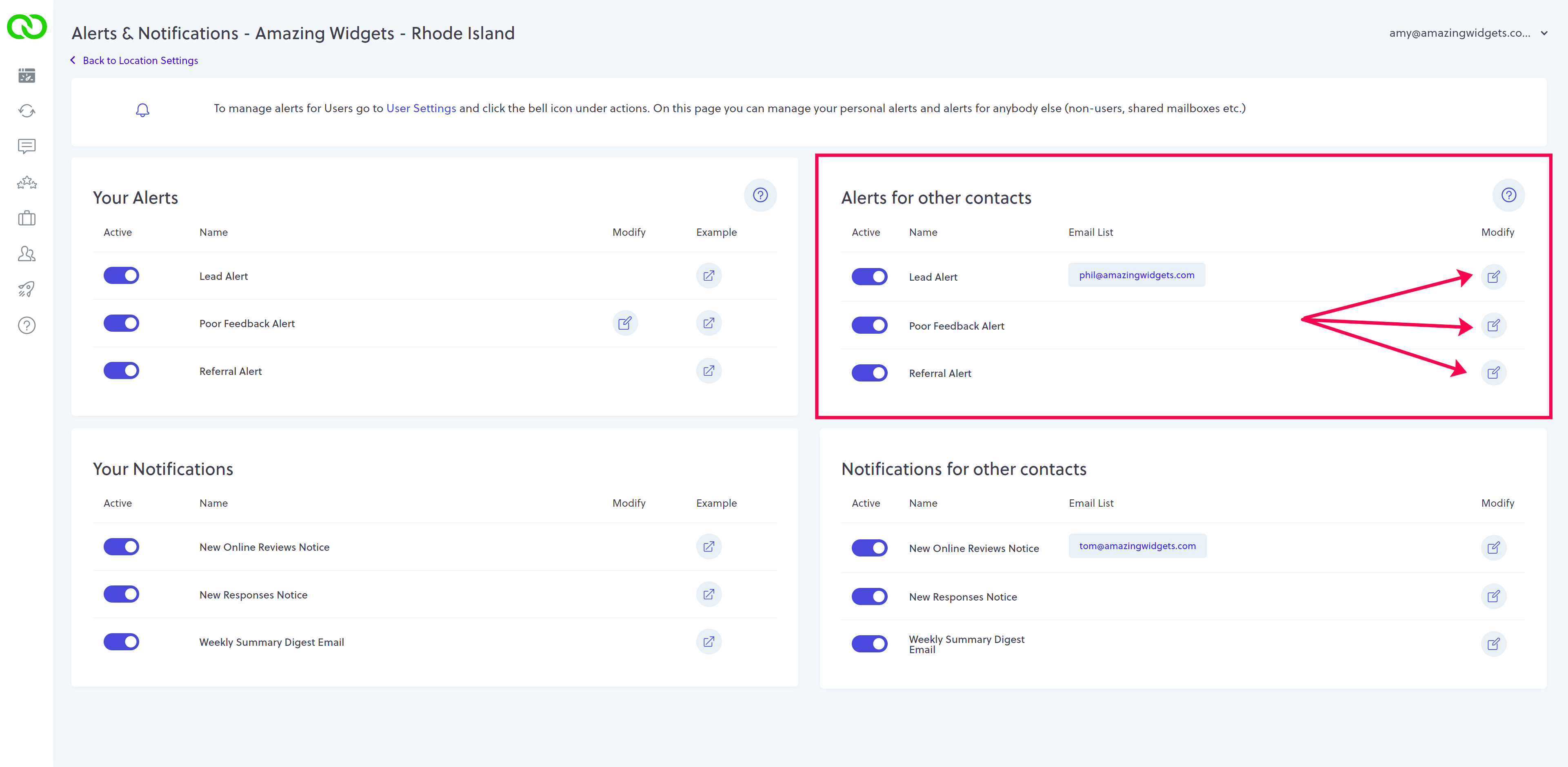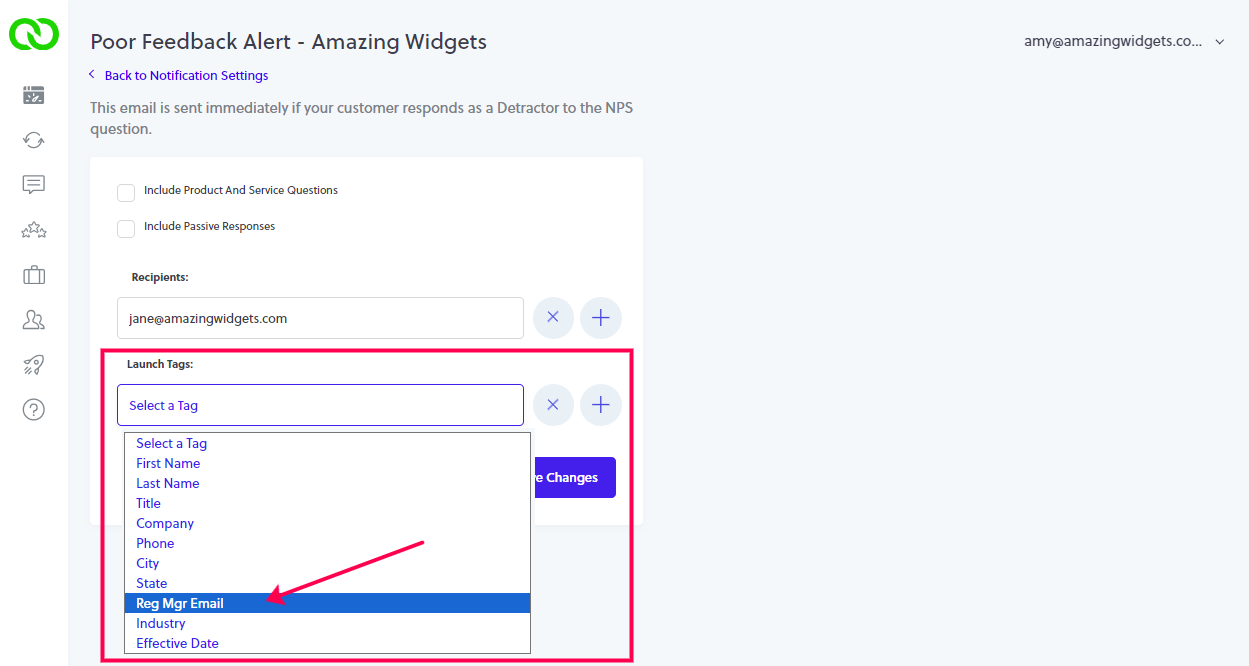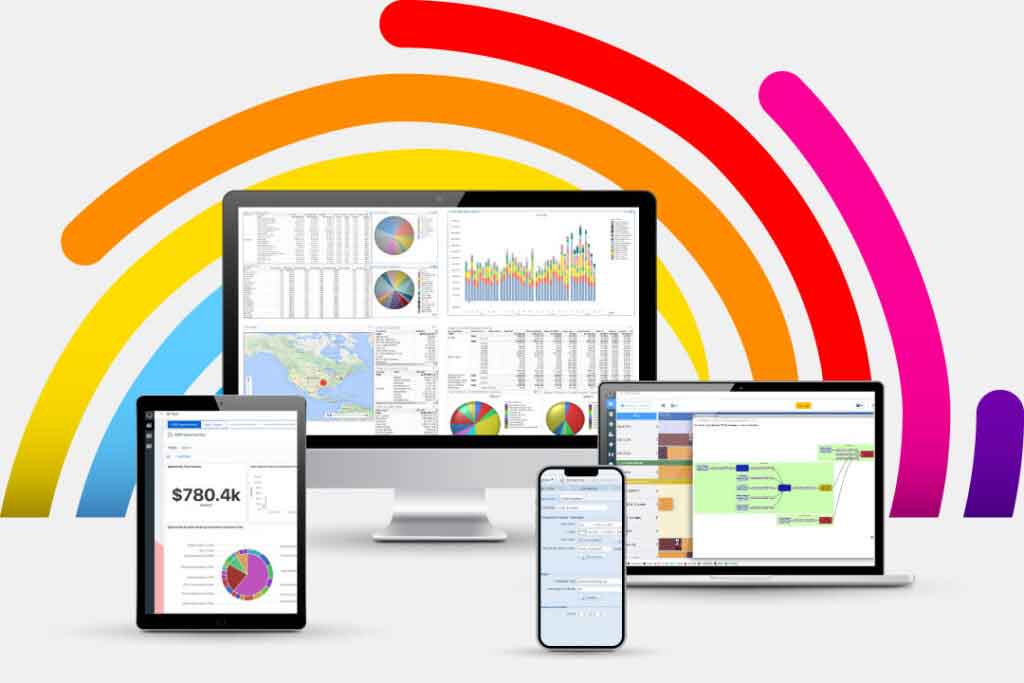October 2023
New Automation for ePS PACE Users
Automate your feedback and review loop!
We are excited to release a new automation for printers running PACE by eProductivity Software.
Set up this new automation, and your PACE Job contact info (i.e., customers to be surveyed) will flow automatically to your LoyaltyLoop account. There are no reports to remember to run, and no manual uploads.
- Set it, and forget it!
- Engage customer soon after their transaction
- Send feedback requests weekly (or as often as daily)
Check out our PACE Automation page for the details. You will find the step-by-step guide and LoyaltyLoop-PACE report. Using the automation not only eliminates the work of sending contacts to LoyaltyLoop but allows you to automatically send surveys on a weekly schedule, closer to when the customer worked with your business.
Moving the feedback request closer to when the customer experienced your business can increase both the quality and quantity of feedback and reviews.
New Webhooks for Developers
For our partners and advanced users looking to add their LoyaltyLoop results to their CRM or other internal systems, check out our new Webhooks.
With the release of the webhooks, developers can asynchronously receive details for each new customer response in LoyaltyLoop. The payload contains all the response details, including the customer info, survey comments, survey question responses, leads and referrals and more.
Understanding Your Survey Launch Options

Photo by Andy Hermawan on Unsplash
When you use LoyaltyLoop, there are distinct options available to you to tune when your surveys are sent (aka “launched”). There are 2 primary launch methods, (1) On Demand, and (2) Scheduled. The method available to you is based on how your survey data is received by LoyaltyLoop.
Keep in mind that regardless of the launch method, LoyaltyLoop applies business rules to ensure the correct contacts are surveyed for your specific business needs.
Lastly, all surveys are typically sent (launched) around 9am your time.
What Business Rules? By default, we apply rules that:
- deduplicate contacts from your data to avoid sending multiple survey requests to the same email address.
- apply a Touch Frequency Filter, to avoid over-touching the same contact too frequently. In addition, you may have custom business rules applied to your account, such as removing contacts with a transaction amount below a certain threshold.
- any other custom rules that apply to your specific business.
Now let’s review the 2 launch methods and options.
1. On Demand Launch
On Demand launching is available to customers who upload the survey data to their Launch Pad or send it to us via your Launch File Email Address. On Demand is applicable regardless of whether your manually email the file to your Launch File Email Address, or if your system automatically emails it.
When your data is received by one of these methods, your survey will be sent on the next available Tuesday, Wednesday, or Thursday, excluding observed holidays. When your data is received before 9am ET on a Tuesday, Wednesday, or Thursday (excluding holidays), it will launch that day, otherwise it will launch the next available launch day (Tues - Thurs).
Let’s look at a few specific On Demand examples for extra clarity.
Example 1:
If your data is received Monday evening, then your survey will launch the next day, which is Tuesday of that week. If this pattern repeats because you’re automatically emailing your data on Monday evenings, then your survey will launch every Tuesday.
Example 2:
If your data is received Thursday at 9:45am ET, then your survey will launch on the next available launch day, which is next Tuesday.
Example 3:
If your data is received every day of the week, Monday through Friday, at 8am, then your survey will launch as follows: On Tuesday, we will launch the survey for the data received on the prior Friday, and this Monday and Tuesday. On Wednesday, we will launch for the data received on Wednesday. On Thursday we will launch for the data received on Thursday.
Example 4:
If your data is received every 2nd Tuesday of the month, then your survey will launch on the 2nd Wednesday of the month.
2. Scheduled Launch
When your data is received via one of our Integrations or via our API, you can specify the schedule when your survey will launch. By instructing our Support Team, we will set a specific schedule for your survey to launch. You can specify a launch frequency of Daily, Weekly, Bi-Weekly, Monthly or Bi-Monthly. You can further fine tune the launch to a specific day of the week or month. For example, you can specify to launch Daily, but only Monday through Thursday, or Bi-Weekly every other Wednesday, etc.
Example 1:
Your Integration/API feed sends data to LoyaltyLoop every day, 7 days a week, at 5am ET, and you’ve specified a Weekly launch frequency on the first available Tuesday, Wednesday or Thursday. Here’s your launch pattern. For the data received between the prior Wednesday through this Tuesday, your survey will be launched this Tuesday, unless a holiday, in which case it will launch this Wednesday. This pattern repeats every week.
Example 2:
Your Integration/API feed sends data daily to LoyaltyLoop at 5am ET, and you’ve specified a Daily launch frequency, Monday through Friday. Your survey will be launched this Monday, for the data received from the prior Saturday through this Monday. It will be launched this Tuesday for data received this Tuesday, launch Wednesday for data received Wednesday, and the same for Thursday and Friday.
Example 3:
Your Integration/API feed sends data daily to LoyaltyLoop at 5am ET, and you’ve specified a Bi-Weekly launch frequency, for every other Monday. Your survey will be launched on Monday, for the data received from the Tuesday two weeks prior through your Monday launch day.
Did you know Admin Users can set alerts to be sent to email addresses in your survey launch data?
When you send your launch data into LoyaltyLoop, you can include any data you want. In addition to typical fields like first name, customer email, and other related data, you can include additional email addresses that can be used to keep staff informed of your feedback results.
When you include email addresses of staff in your launch data, Admin Users can set alerts to be sent automatically to those email addresses associated with the customer's record (row) in your launch data. For example, if your launch data includes the email addresses of the regional manager (Reg Mgr Email) who are associated with each customer transaction, then alerts like the Poor Feedback Alert can be automatically sent to that regional manager, even if that person does not have a LoyaltyLoop user account.
In the table below you see a simple launch file containing various fields. There are 2 email fields, one for Customer Email and one for Reg Mgr Email. LoyaltyLoop understands which field is your customer email address, and will not present this as an option for this feature. You can see Amy is the Regional Manager associated with 2 customers, and Bill is associated with one customer. By setting this feature, Amy and Bill can receive alerts any time their customers give feedback.

To set this up, log in as an Admin User, go to Settings for the location in question, and click Alerts & Notifications. Admin Users have an additional section to configure both alerts and notifications for “other contacts” (i.e. non-users of your LoyaltyLoop account).

Modify the alert in question, and choose your launch data field (aka Launch Tag) that contains the email addresses for whom should receive the notice. In the above example, you'd choose Reg Mgr Email. If you wish to include others, and your launch data contains other emails, click the plus (+) button to add additional alert recipients. Now, anytime this alert is triggered, the associated email addresses for your staff will be alerted too.

Location Location Location
Sometimes a location is physical – sometimes it’s situational.
In the age of customer-centric business strategies, the importance of feedback cannot be overstated. Gathering and analyzing customer feedback is crucial for improving products, services, and overall customer experiences. However, as businesses expand it becomes essential to organize feedback efficiently. To help manage your business, LoyaltyLoop allows you the ability to include multiple locations in your account. Let’s explore the significance of organizing customer feedback by location, including physical locations and customer journey or experience locations.
The Diverse Landscape of Customer Feedback
Customer feedback is not a one-size-fits-all entity. It encompasses a wide array of perspectives, opinions, and experiences. One of the key dimensions to consider when handling customer feedback is the location context. By gathering feedback from your customers based on their location you have an opportunity to analyze the unique dimensions of your business.
1. Physical Locations
Physical locations refer to the actual places where your business operates, such as retail stores, offices, or branches. Organizing feedback by physical location helps you understand the unique challenges and opportunities specific to each site. Here's how you can leverage this type of location feedback:
- Multi-Unit Performance: Analyze feedback for each location to identify trends related to customer service, product availability, and customer satisfaction. Leadership can quickly identify best practices to share with other locations. This also allows a business the chance to learn of challenges that are unique to a local market.
- Team Performance: Recognize and reward high-performing teams while addressing issues promptly. When shifting staff between locations, it’s natural to leverage profit and loss information to identify sales and management leaders. Utilizing customer experience (CX) metrics in conjunction with financial metrics can help highlight how well rounded your teams are.
2. Journey Mapping Locations
Customer Journey Mapping is an important step in understanding your customers. Mapping allows you to view your business from the eyes’ of your customer – from discovery through the transaction. You may find that your customers have multiple means to execute a transaction with your business. One example is a retailer with a “brick and mortar” location and a “webstore”. In this instance, in-store customers have a very different experience compared to the e-comm customers. With two different journeys it’s important to ask relevant questions to each customer. Here’s how you can leverage this type of location feedback:
- Enhanced Customer Experience: Identify pain points in the customer journey, such as a confusing website layout or customer service problems. Implement improvements to streamline these experiences based on feedback data.
- Personalize Opportunities: Use feedback collected in your survey to identify products, services, or events your customer will be most interested in. For instance, a customer ordering online may be unaware of an on-site “same-day” service.
3. Customer Transaction Type Locations
Locations based on the type of transaction your customer makes encompass the unique aspect of the products and services your business provide. This type of feedback delves into the feelings and perceptions customers have about your brand, irrespective of physical or digital locations. Consider an auto dealership – everyday they assist customers purchasing a vehicle and servicing their automobile. These transactions often occur in the same physical location, but the experiences are completely different. Here’s how you can leverage this transaction type location feedback:
- Customer Sentiment Analysis: Understand brand loyalty using Net Promoter Score (NPS) across both business divisions while understanding the unique pain points and strengths of your organization in meeting the customers needs.
- Voice of the Customer Management: One of the many benefits LoyaltyLoop provides business owners is the ability to capture testimonials from your customers. With our testimonial publisher and widgets, you can share feedback comments on your website and social channels. When organizing feedback by a transaction type, you can market customer testimonials to the appropriate audience.

Photo by Tanay Shah on Unsplash
By organizing customer feedback by location, you can gain a deeper understanding of your customers' needs, improve operational efficiency, and create personalized experiences that resonate with different audiences. Remember that feedback is not just about collecting data; it's about using that data to drive positive change and build lasting customer relationships.
Location-based feedback is a powerful tool for businesses looking to thrive in an increasingly competitive landscape. By recognizing the significance of physical locations, customer journey locations, and transaction type locations, you can harness the full potential of customer feedback to shape a more customer-centric future.


